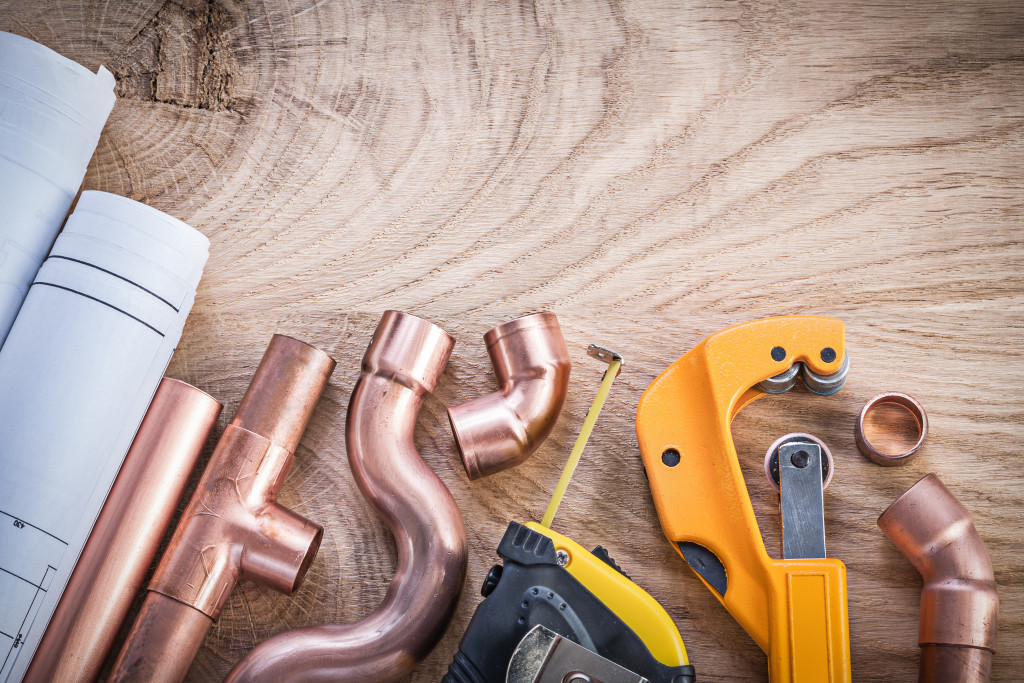As a contractor, you have a lot riding on the success of your projects. Not only do you need to complete the job on time and within budget, but you also need to do so without incident. That’s why it’s crucial to have a robust safety and efficiency plan before starting the project. Here are five ways to ensure that your pipeline installation projects are completed safely and efficiently.
Have a Clear Understanding of the Project Scope
Before you begin any work, make sure that you have a clear understanding of the project scope. This means having all the necessary permits and being familiar with any local regulations that may apply. It also means having a clear timeline for the project and knowing what needs to be done and when. A clear understanding of the project’s scope will help ensure that the project is completed on time and within budget.
If you are doing a project within a commercial building, always make sure to do a walk-through with the building owner or manager. They will be able to tell you about any potential hazards that you need to be aware of.
Designate a Safety Officer
Before you begin work on a pipeline installation project, designate a safety officer. This person will ensure that all safety protocols are followed, and everyone on the job site follows them. They will also be the point of contact for any safety concerns. The safety officer should have experience in safety protocols like OSHA regulations.
A safety officer will be able to identify potential hazards and create a safety plan to mitigate them. They will also be able to conduct regular safety audits of the job site to ensure that everyone follows the safety protocols.
Use Quality Materials
When it comes to pipeline installation projects, using quality materials is essential. Not only do high-quality materials provide durability and reliability, but they can also help to ensure the safety of the pipeline. These materials could be steel, copper, or other sturdy metal. This may cost slightly more upfront, but it will save you money in the long run by preventing repairs or replacements down the line.
In addition, using quality materials can help to reduce the risk of leaks and other problems. There are various factors to consider when choosing materials for a pipeline installation project, like the environment, the application, and the budget. Quality materials are important for two reasons: first, they will help ensure the pipeline’s longevity. Second, it will help reduce the likelihood of problems during installation.

Pipeline Inspection
After installing the pipeline, it’s important to inspect it regularly. This will help you catch any potential problems early on so that they can be fixed before they cause major damage. Inspect the internal pipeline for leaks, corrosion, and other damage. If you notice any issues, be sure to fix them immediately. Internal pipes are crucial since they are hidden and could be dangerous if left unchecked.
You should also inspect the external pipeline for damage. This includes looking for cracks, leaks, or other signs of wear and tear. If you notice any damage, fix it immediately to prevent further damage to the pipeline. In some cases, you may need to replace the entire section of the pipeline.
There are various pipeline installation services that you can offer. These services include:
- Trenching
- Excavation
- Horizontal Directional Drilling (HDD)
- Jack and Bore
Make sure that you are familiar with all the services you offer. This will help you better understand the scope of each project and ensure that you are using the proper materials and methods. Have professionals within the project inspect the site before beginning work to ensure that it is safe and that there are no hidden hazards.
Plan for Setbacks
No matter how well you plan, there’s always a chance that something could go wrong during a pipeline installation project. That’s why it’s important to have contingency plans in place for dealing with unexpected problems. For example, if bad weather threatens to delay progress, have a backup plan for how you’ll keep things on track.
Another problem that you may encounter is damage to the pipeline during installation. This usually happens when the pipeline needs to be properly supported. If this happens, plan how you’ll repair the damage, so it doesn’t cause further delays. Repairing pipes includes welding, epoxy, and clamps. These come in handy to also quickly fix a leaking pipe without having to replace the entire section.
Pipeline installation projects come with many risks—but there are plenty of ways to mitigate those risks and ensure that your project is completed safely and efficiently. By having a clear understanding of the project scope, making safety a top priority, using quality materials, working with experienced professionals, and planning for setbacks, you can set your project up for success.

